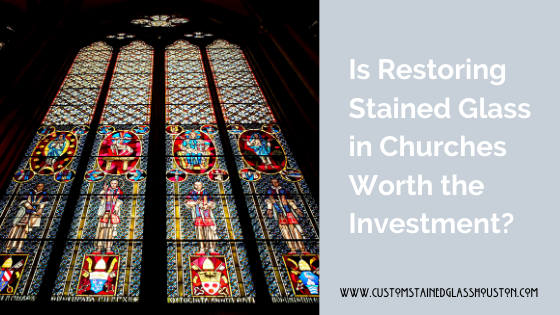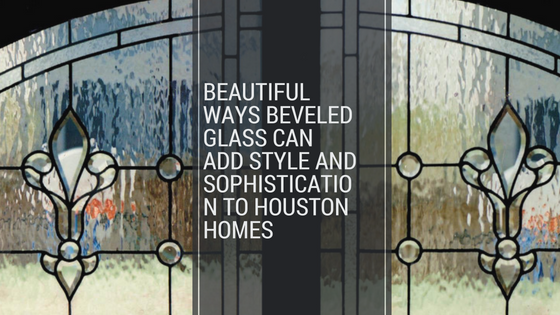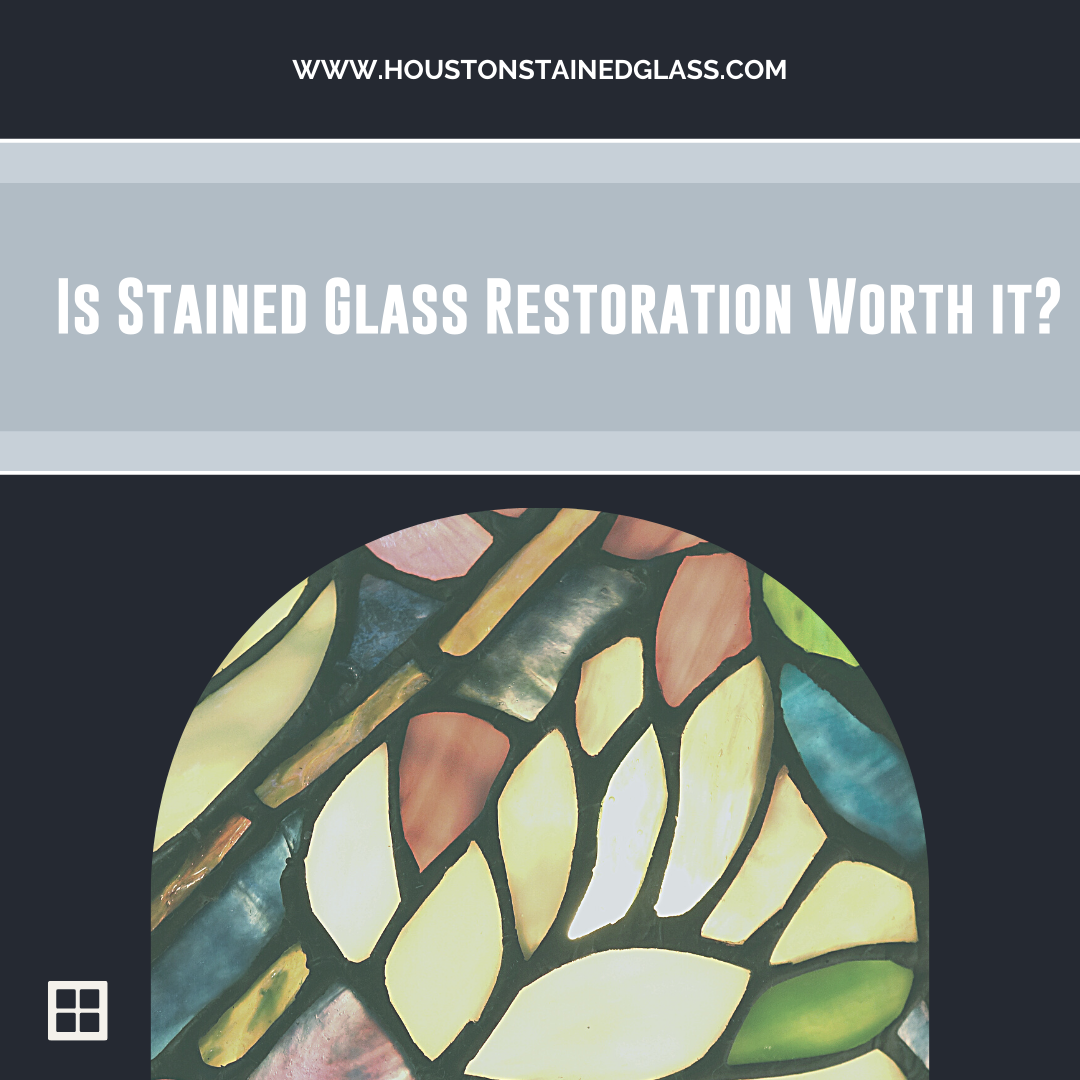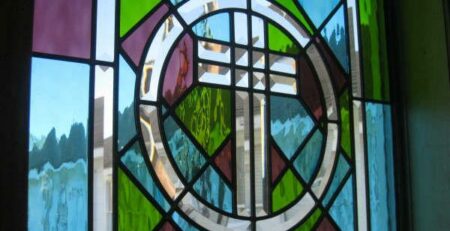Preserving Houston’s Antique Transom Stained Glass Against Humidity Challenges
Challenges in Preserving Transom Stained Glass in Houston’s Humidity
In the vibrant city of Houston, the unique charm of antique transom stained glass windows is an architectural hallmark in many older homes and buildings. However, maintaining the pristine condition of these beautiful artifacts stands as a formidable challenge due to the region’s high humidity and fluctuating environmental conditions. The preservation of transom stained glass in Houston is not merely an aesthetic concern but a preservation issue that beckons the attention of both homeowners and conservation experts alike.
Humidity, coupled with the harsh Texas heat, can lead to detrimental effects on the stained glass, including the warping of lead cames, deterioration of glass panes, and an overall compromise in structural integrity. These factors not only impact the visual appeal but also reduce the historical value of these unique pieces. The increasing awareness of such environmental threats is crucial for initiating protective measures and conservation practices specifically tailored for the Houston area.
As we delve deeper into the escalating environmental concerns and their impact on delicate historical structures, more locals and preservationists are urged to understand and address these pressing challenges. For those holding the keys to Houston’s rich architectural past, recognizing these dangers is the first step toward safeguarding the stained glass treasures that add irreplaceable character and value to their properties.
The Impact of Humidity on Antique Transom Stained Glass in Houston
In the vibrant city of Houston, the preservation of antique transom stained glass represents a unique challenge. The primary issue at hand is combating the relentless humidity and environmental wear that is characteristic of the region. While these exquisite pieces of art enhance the aesthetic value of properties and serve as a window to the past, their longevity is jeopardized by the local climate.
The high levels of moisture in the air can lead to condensation, which gradually deteriorates the lead cames holding the glass pieces together. Additionally, fluctuations in temperature exacerbate the expansion and contraction of materials, potentially causing cracks and weakening the structural integrity of the stained glass. Without proper intervention, these elements conspire to accelerate the aging process of these valuable artifacts, leading to irreversible damage over time.
Preserving Antique Transom Stained Glass in Humid Houston
In the unique climate of Houston which often battles high humidity levels, the preservation of transom stained glass presents alarming challenges. Research reveals that prolonged exposure to humidity can lead to the deterioration of stained glass at a rate 70% faster than in drier climates. This is because moisture can permeate the lead cames holding the glass pieces, promoting oxidation and ultimately weakening the entire structure. Additionally, Houston’s environmental conditions contribute to a higher incidence of airborne pollutants, which further accelerates the degradation of these historic art pieces, increasing restoration costs and reducing their lifespan significantly.
The Problem with Preserving Transom Stained Glass in Houston’s Humidity
Transom stained glass windows add a unique charm and historical value to any Houston building. However, the coastal city’s high humidity presents a significant problem for the preservation of these delicate art pieces. When moisture seeps into the glass panes and frames, it leads to a series of adverse effects that not only diminish the aesthetic value of these windows but also their structural integrity, thereby posing a larger problem for owners and caretakers of properties featuring such ornate elements.
The issues begin with the condensation that often forms on and between glass panes in a humid environment like Houston. This moisture can accelerate the deterioration of the lead cames that hold the glass pieces together. Over time, the lead becomes brittle and weakens, risking the disintegration of the entire stained glass panel. Additionally, the wooden frames that typically house these transom windows are prone to rot and mold due to excessive moisture absorption. This not only compromises the window’s stability and durability but can also lead to costly repairs and replacement initiatives that property owners must undertake to maintain the building’s integrity and appearance.
Moreover, as these components degrade, they can significantly devalue the property, not just in financial terms but also in its historical significance. Losing original architectural elements, like transom stained glass, can irreparably damage the unique character of historical buildings that stand as testaments to architectural history. Thus, the challenge extends beyond mere aesthetics, impacting historical preservation efforts and diminishing the cultural heritage of the area.
For enthusiasts and owners of historical properties in Houston, understanding and addressing the humidity-related deterioration of transom stained glass is crucial. Ignoring these issues not only leads to more severe damage over time but also results in higher maintenance costs and potential losses in property value.
Understanding the Problem: The Impact of Humidity and Environmental Wear on Transom Stained Glass in Houston
Transom stained glass, a staple of historical and aesthetic significance in many Houston homes, faces a daunting adversary: the local climate. Humidity in Houston is not just a discomfort for residents but a destructive force for stained glass. This delicate art requires careful preservation as humidity can lead to condensation, which, over time, damages the leading and glass itself, weakening the structure.
Furthermore, environmental wear extends beyond just moisture. Urban pollutants and ever-changing weather conditions, common in Houston, contribute to deterioration. The glass can become dull and the lead holding the panels may corrode, significantly diminishing the window’s visual glory and structural integrity. Understanding these problems is crucial for homeowners and enthusiasts of antique transom stained glass to take proactive steps in maintaining and preserving these unique elements of their properties.
Preserving Historical Beauty: Houston’s Transom Stained Glass Success
In Houston, the preservation of a 1920s-era building with original transom stained glass windows showcases the positive impact of specialized restoration. Exposure to Houston’s high humidity and urban pollutants had severely deteriorated the vibrant colors and integrity of the glass. A restoration team employing advanced moisture-resistant treatments and preservation techniques managed to not only restore but also protect the stained glass. This building now stands as a testament to the importance of proper care and maintenance, attracting tourists and historians alike, highlighting the cultural and aesthetic value of maintaining such antique elements in urban settings.
The Consequences of Ignoring Stained Glass Degradation in Houston
Ignoring the signs of deterioration in transom stained glass, especially in a city like Houston, can have dire consequences for homeowners and collectors. Over time, the unique and often historical value of these pieces can diminish significantly if not properly maintained. This decline is not just a visual or aesthetic loss but also risks the architectural integrity and value of the property itself.
Firstly, transom stained glass that is exposed to ongoing humidity and environmental wear without intervention can lead to damage beyond repair. Cracking, bowing, and lead caming deterioration are common outcomes which are expensive to rectify. These issues can escalate to the point where the only solution is complete replacement—often at many times the cost of initial restoration or preventative care.
Futhermore, disregarding the initial signs of damage to your transom pieces can lead to reduced overall property desirability and value. Antique stained glass windows are esteemed for their craftsmanship and historical significance, drawing attention and increasing home values. In neglecting them, you risk not only the beauty of your home but also its market appeal, potentially making your property less attractive to potential buyers or valuers.
In sum, by neglecting the necessary precautions and restoration efforts required for preserving transom stained glass in Houston, you are not just risking a piece of art. You’re potentially facing substantial financial losses and devaluation of your property.
Personal Impact of Neglecting Transom Stained Glass Maintenance
Neglecting the upkeep of antique transom stained glass in Houston can greatly affect homeowners personally by diminishing their home’s aesthetic value and personal pride. Antique stained glass, especially in transoms, significantly enhances the charm and character of a home. When these features succumb to humidity and environmental wear without proper care, their deterioration can lead to a loss of personal satisfaction and enjoyment of the home environment. Preserving these elements not only maintains the beauty of the property but also the homeowner’s connection to its historical significance.
Specialized Restoration Services for Transom Stained Glass in Houston
For the residents of Houston facing the relentless challenges of humidity and environmental wear on their cherished transom stained glass, specialized restoration services stand out as a tailored solution. The unique climate conditions of Houston, marked by high humidity and frequent fluctuations in temperature, can severely affect the integrity and beauty of antique stained glass. This service addresses these specific concerns directly, ensuring that the historical and aesthetic value of these artworks is not lost over time.
Specialized stained glass restoration services offer a comprehensive approach to preserving antique stained glass. This includes meticulous cleaning, repairing lead cames, and replacing or reinforcing deteriorated glass pieces. More than just maintenance, these services incorporate advanced techniques and materials specifically designed to resist the effects of Houston’s humid environment. For example, using polymer sealants provides an added layer of protection against moisture and ultraviolet light, both of which can cause significant damage to stained glass.
By opting for professional restoration services, owners of antique transom stained glass can ensure that their windows remain vibrant and intact, significantly reducing the potential for future costly repairs. This proactive measure is not just about preserving a window but maintaining a piece of history and art that enhances the character and value of their property.
Ultimately, positioning these specialized glass restoration services to the Houston community not only addresses a critical need but also offers peace of mind to those who cherish their historical stained glass. It ensures that these beautiful works of art can be enjoyed by generations to come, retaining their beauty despite the challenging local climate.
Comprehensive Solution for Preserving Transom Stained Glass in Houston
In Houston, where humidity and environmental wear pose significant challenges to the preservation of transom stained glass, specialized preservation techniques have emerged as a solution. These methods are designed to protect these beautiful pieces of art from the adverse effects of Houston’s climate, ensuring their longevity and brilliance.
Our service primarily focuses on two critical areas: sealing and protective glazing. The sealing process involves using high-grade sealants that prevent the penetration of moisture, one of the primary causes of deterioration in stained glass. This is particularly important in Houston, where humidity levels can soar, accelerating the degradation process. Established techniques are utilized to ensure that these sealants are applied in a way that respects the historical integrity of each piece.
Beyond sealing, we implement protective glazing solutions that create a barrier against environmental elements like UV rays and pollution, which can fade and corrode stained glass artworks. This glazing not only protects but also enhances the visual clarity of the stained glass, ensuring that its vibrant colors and intricate patterns are not obscured.
Thus, our tailored solutions aimed at combating humidity and environmental wear not only preserve the aesthetic and historical value of transom stained glass in Houston but also extend its lifespan significantly.
Benefits and Features: Preserving Transom Stained Glass in Houston
Preserving transom stained glass in Houston homes and buildings offers several appealing benefits. Firstly, maintaining these antique pieces helps retain the historical value and aesthetic charm of a property, potentially increasing its market worth. Additionally, preserved stained glass enhances the visual appeal of the space, bringing in a unique element of art and color that modern materials cannot replicate. Proper preservation techniques also protect against environmental wear, like humidity and UV damage, ensuring that the glass maintains its beauty and structural integrity for years to come.
Success Stories: Restoring Beauty to Historic Houston Homes
John and Marianne, historic home owners in Houston, faced constant challenges with the deterioration of their antique transom stained glass windows due to Houston’s humid climate. After consulting several experts, they opted for a specialized restoration service that promised to preserve the glass’s integrity and beauty. The results were nothing short of spectacular, as the windows now boast vibrant colors and details that had been hidden by years of environmental wear.
Similarly, the Thompsons, who own a Victorian-style home in the Montrose area, shared a testimonial after experiencing the transformation of their own stained glass features. “We were amazed at the level of care and precision taken in preserving our stained glass windows. Not only do they look as they originally might have over a hundred years ago, but we’ve been informed that the preservation techniques used will protect them against Houston’s tough environmental elements for years to come.” Their satisfaction speaks volumes about the effectiveness of contemporary restoration techniques in maintaining the historical charm of aging glass artworks.
Preserving Heritage: Success with Houston’s Transom Stained Glass
In Houston’s historic Montrose area, the Greene family undertook the restoration of a century-old home, focusing especially on the transom stained glass above the front door. After expert restoration and protective measures against humidity, the glass’s vibrant colors were revived, enhancing both the home’s charm and value. This project showcases our expertise in maintaining and enhancing antique stained glass, even in challenging environments. Inspired by the Greene’s success? Contact us today to preserve the beauty of your stained glass features!










